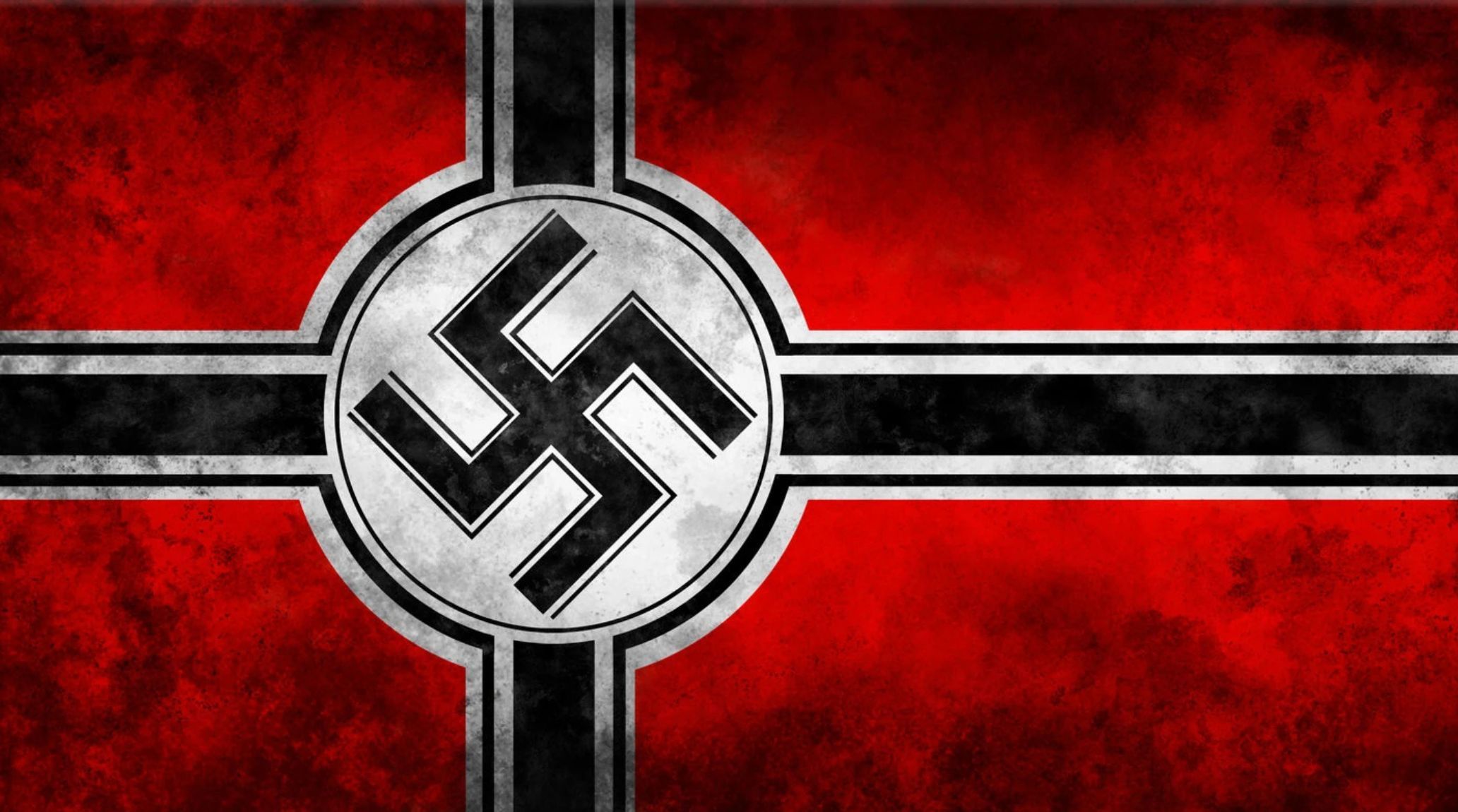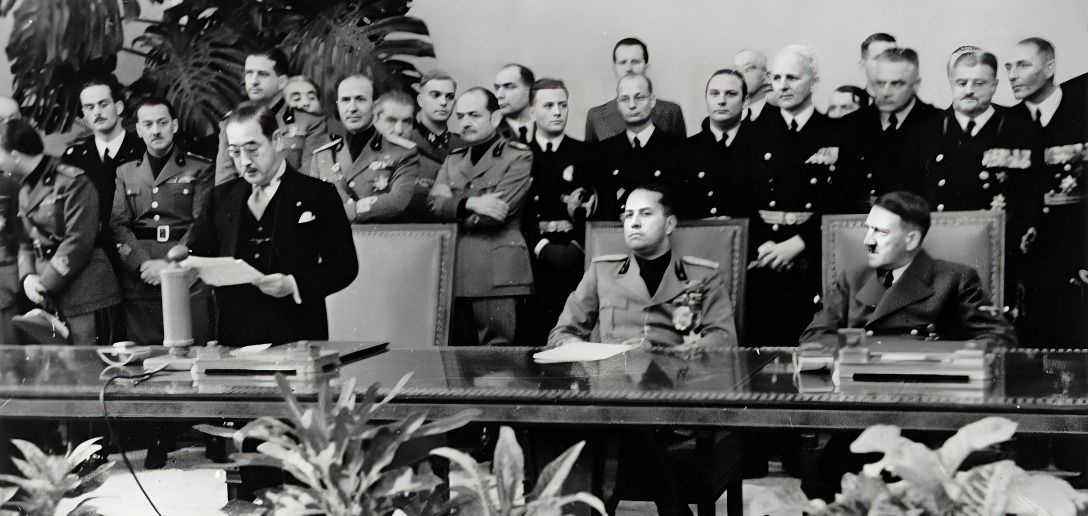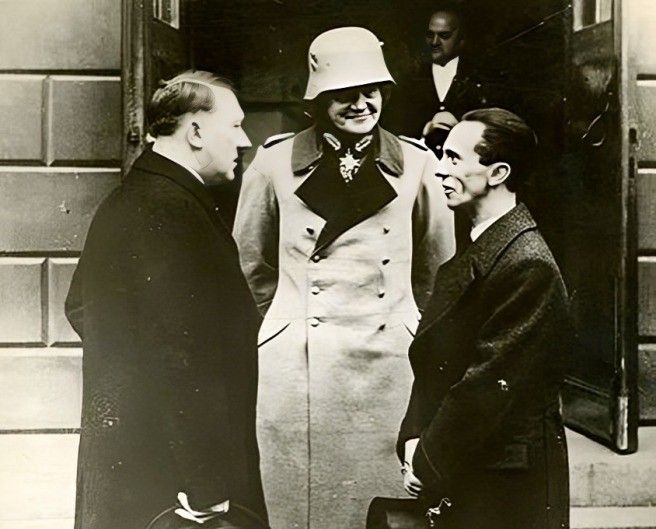
“
Nazi Germany, under Adolf Hitler’s rule, left a profound impact on history that continues to be studied today. From the rise of fascism to the horrors of the Holocaust, the Nazi regime shaped the course of the 20th century in ways that still resonate globally. This blog highlights 20 captivating facts about Nazi Germany, offering a deeper look into its ideology, military innovations, key figures, and the lasting consequences of its reign. These facts shed light on one of the most significant and tragic periods in modern history.1
”
The Nuremberg Laws of 1935 legalized racial discrimination, stripping Jews of their citizenship, prohibiting intermarriage with non-Jews, and paving the way for the Nazis’ systemic persecution of Jews.1
Nazi Germany implemented eugenics policies, such as forced sterilizations and euthanasia of disabled people, as part of their goal to create a "racially pure" society and further their Aryan supremacy ideology.2
Blitzkrieg, or "lightning war," was a strategy employed by Nazi forces, relying on rapid, overwhelming attacks using tanks, infantry, and air support to quickly conquer countries like Poland and France.3

In 1940, Nazi Germany formed the Tripartite Pact with Italy and Japan, solidifying the Axis powers' alliance and coordination, which led to their coordinated attacks on the Allies during World War II.
Dachau, one of the first Nazi concentration camps, was established in 1933 for political prisoners but later became notorious for its role in mass executions and forced labor during the Holocaust. 4
The Nazis’ deadly program of "racial science" falsely claimed that Aryans were superior to other races, justifying their policies of racial discrimination and the mass murder of Jews, Romani, and others. 5
The Nazis' expansionist ideology of Lebensraum promoted the conquest of Eastern Europe to provide "living space" for the growing German population, contributing to the outbreak of World War II in 1939. 6

Hitler’s autobiography Mein Kampf laid out the ideological foundations of the Nazi Party, which included anti-Semitic views and a vision of military conquest to establish a Greater Germany.
The Battle of Stalingrad (1942-1943) was a turning point in World War II, marking the first major defeat for Nazi Germany, which halted its advance into the Soviet Union and began its retreat.7
In 1939, the invasion of Poland by Nazi Germany marked the beginning of World War II, triggering a declaration of war by Britain and France, and igniting a global conflict. 8
Nazis created ghettos in occupied countries, where Jews and other persecuted groups were confined under inhumane conditions, which served as the precursor to mass deportations to death camps. 9
The Gestapo, Nazi Germany’s secret police, played a central role in enforcing Nazi policies, including political suppression and the identification of groups seen as enemies of the regime. 10
The Holocaust resulted in the murder of six million Jews, alongside millions of Romani, disabled individuals, and other marginalized groups, as part of the Nazis' plan to eliminate perceived "undesirables."11
The infamous SS, originally formed as Hitler's personal bodyguard, expanded into a powerful force responsible for overseeing concentration camps, executing mass executions, and carrying out the regime's genocidal policies. 12

Nazi propaganda, led by Joseph Goebbels, promoted the regime’s agenda of Aryan supremacy and anti-Semitism, spreading nationalist fervor and ensuring public support for Hitler’s totalitarian rule.
The German military's technological advancements during the war, such as the V-2 rocket and jet fighters, played a crucial role in shaping modern warfare and influenced post-war technological development. 13
The Nazis used forced labor from occupied countries, as millions of civilians and prisoners were put to work in harsh conditions to support the war effort, particularly in factories and infrastructure projects.14
Jewish communities in the ghettos, despite severe oppression, managed to resist Nazi policies by secretly practicing their religion and helping fellow prisoners, showcasing their resilience in the face of persecution. 15
In 1941, Germany launched Operation Barbarossa, a brutal invasion of the Soviet Union, marking the beginning of a massive conflict on the Eastern Front that would eventually lead to Germany’s downfall.16
As Allied forces closed in on Nazi Germany, the regime adopted extreme measures, including conscripting child soldiers and implementing scorched earth tactics to delay the advancing enemy forces. 17


